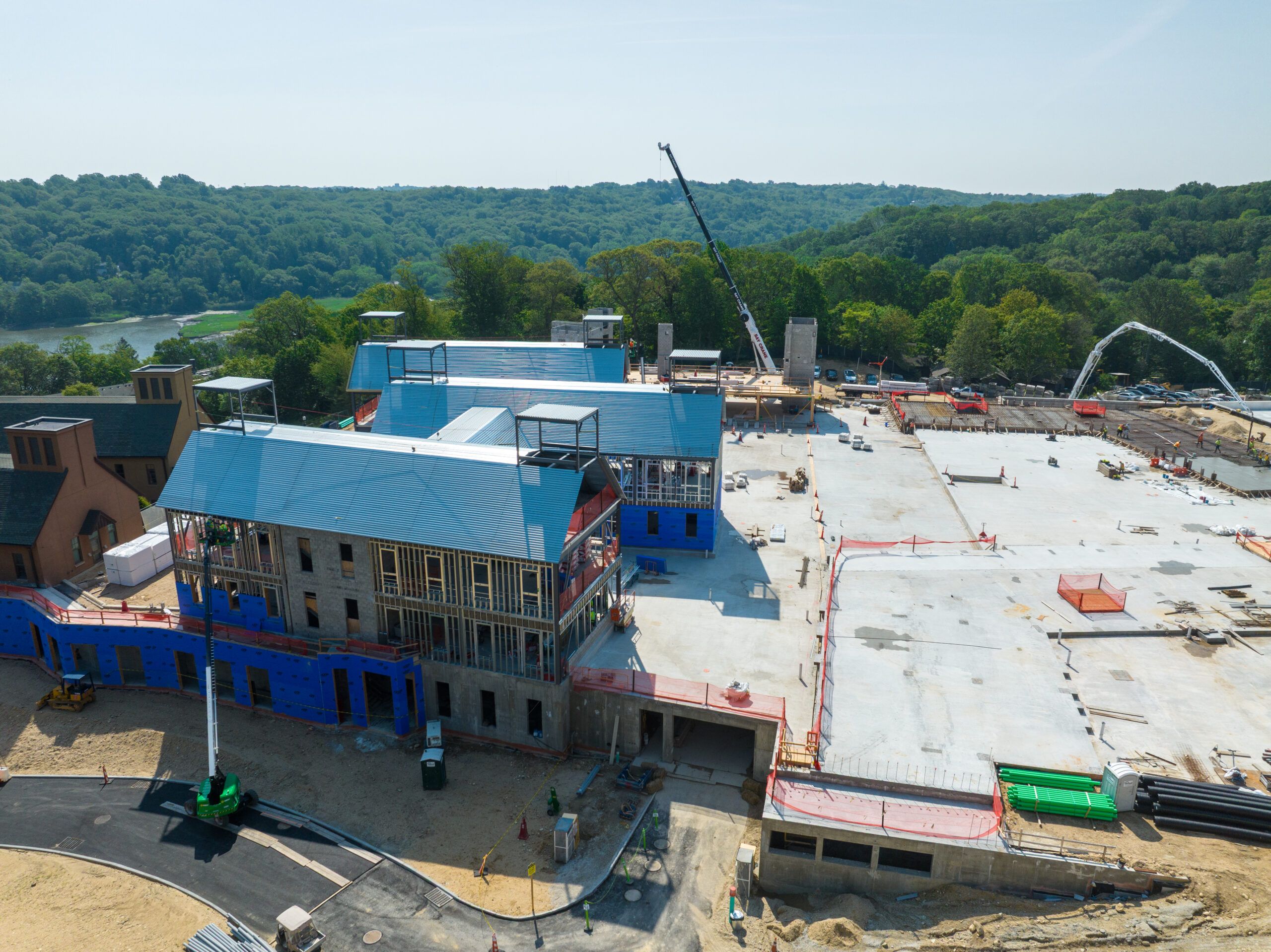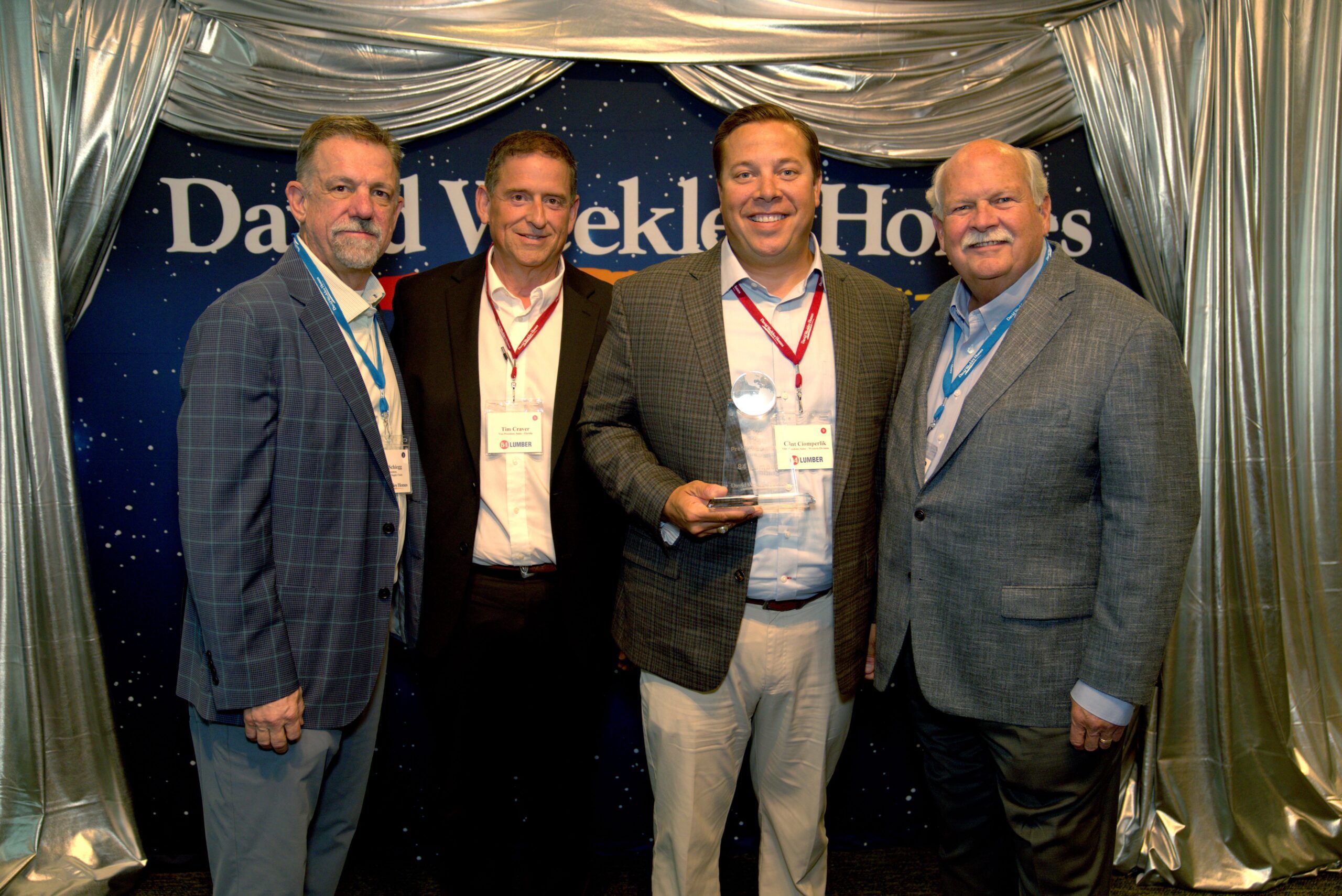When building a home in a coastal location like the Central Coast of New South Wales, electrical planning is about far more than just lighting and outlets. The salty air, unpredictable storms, and evolving technology demands all influence how you should design and future-proof your home’s electrical system. Whether you’re working with a custom builder or taking a hands-on approach, engaging reliable electrical services in Terrigal early in the process will help you avoid costly oversights, protect your investment, and ensure your home is ready for tomorrow.
Designing for the Coastal Environment
Living by the ocean has its perks, but the coastal climate can accelerate wear on electrical systems. Salt in the air, high humidity, and frequent storms mean materials and installation practices must be adapted for longevity. Corrosion-resistant fixtures, marine-grade wiring, and weatherproof outdoor sockets are essential for properties in suburbs like Terrigal, Avoca Beach, and Bateau Bay. These materials help prevent premature degradation, electrical faults, and unwanted moisture.
During planning, discuss with your electrician how to seal and insulate outdoor enclosures, switchboards, and power outlets. Protective conduit systems are also a smart inclusion, acting as a shield against salt-laden air and storm-driven rain.
Planning for Load and Capacity
Modern homes are increasingly reliant on high-powered devices, from ducted air conditioning to induction cooktops and EV chargers. Without proper load planning, your home could face constant tripping circuits or require an expensive switchboard upgrade sooner than expected.
To avoid this, it’s crucial to map out not only your immediate electrical needs but also account for future appliances. Allowing an extra 20–30% load capacity during the planning stage is a low-cost way to protect your home’s future. For larger homes or those with extensive outdoor entertaining spaces, consider installing a three-phase power supply to handle the load more efficiently.
Smart Home Integration Starts Early
Smart home technology is becoming a standard inclusion, with features like automated lighting, security systems, motorised blinds, and connected appliances offering convenience and energy savings. However, retrofitting smart tech after construction is often messy and costly. The best approach is to wire for smart systems during the framing stage, even if you plan to install them later.
This means including structured cabling, sensors, motion detectors, and data points throughout the house. An early conversation with your electrician can ensure your home’s infrastructure will support evolving smart home ecosystems without major rewiring.
Lighting That Works for Lifestyle and Design
Good lighting design isn’t just about brightness; it affects mood, functionality, and even resale value. On the Central Coast, outdoor living spaces are heavily used, so it’s worth investing in well-planned exterior lighting for decks, patios, and garden areas.
Think in terms of layered lighting: ambient for general brightness, task for focused work areas, and accent for aesthetics. LED lighting is a smart choice for its longevity and efficiency. Integrating dimmers or smart lighting controls from the beginning also provides greater flexibility and energy savings down the line.
Energy Efficiency and Solar Readiness
With sunshine aplenty, installing solar panels is a smart idea for Central Coast homes. But it’s not just about putting panels on the roof; you need to plan your electrical layout to support solar from the outset. This includes allocating space for an inverter, upgrading your switchboard if needed, and choosing meter boxes that are solar-compatible.
Even if you’re delaying your solar installation, pre-wiring during construction and leaving conduit pathways to the roof can save thousands in future labor. You might also consider leaving space for a battery storage unit as prices continue to fall.
Safety and Compliance: Critical Foundations
Australia’s electrical codes are strict for good reason. Safety switches, proper earthing, and certified installations protect your home and family from fire hazards and electric shocks. NSW law also requires a Certificate of Compliance for Electrical Work (CCEW) for any new installation.
Choose a licensed and insured electrician who knows the latest standards and has experience working in coastal conditions. If solar is on the cards, look for Clean Energy Council (CEC) accreditation as well.
Power Point Placement: Plan Room by Room
It’s a common post-build complaint: there just aren’t enough power points, or they’re in the wrong place. When planning, walk through each room mentally and consider how you’ll use the space. Where will your phone charge? Will a coffee machine or blender need a dedicated point? What about wall-mounted TVs, computers, or hairdryers?
Double power outlets are a smart default in living rooms, bedrooms, and kitchens. Consider including USB outlets in bedrooms and offices, and don’t forget outdoor power for garden tools, EV charging, or Christmas lights.
Preparing for Surges and Outages
Storm-related outages and power surges are not uncommon across the Central Coast. These can damage electronics and compromise home systems. Including surge protection at the main switchboard and isolating sensitive circuits can provide peace of mind and protect your appliances.
For those building in areas prone to power cuts, installing a backup battery system or allowing for future generator tie-in options can be a worthwhile inclusion, especially if you’re investing in home automation or medical equipment that requires consistent power.
Final Thoughts
Building a new home on the Central Coast is an opportunity to create a future-ready, resilient, and energy-efficient living space. But that starts with smart electrical planning. Partnering with trusted electrical services in Terrigal during the early stages of your project allows you to design for lifestyle, climate, and technology in one integrated approach. From energy management to automation to safety, electrical design is one of the most critical pieces of the puzzle, and when done right, it supports your home for decades to come.
Feature Image Source: shutterstock_1548966734












